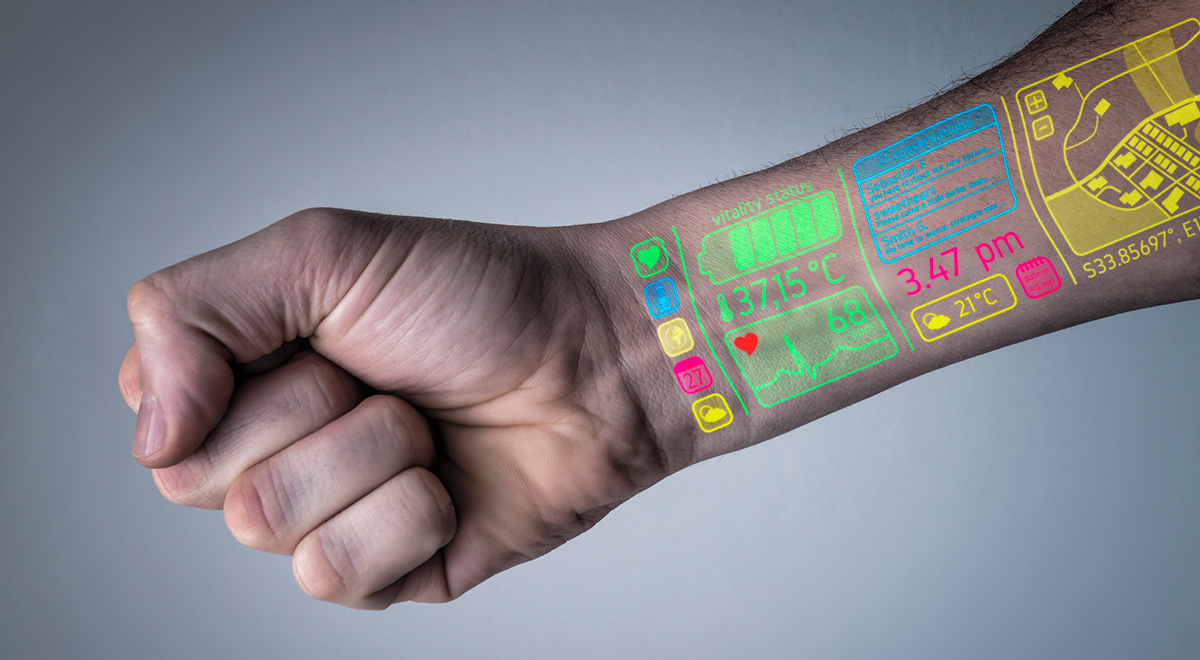One of the difficulties of living with a chronic condition such as diabetes or hypertension is the need for constant monitoring. This typically requires expensive equipment and (in the case of diabetes or those taking anticoagulant medications) high-priced testing media, such as strips. New research from Harvard and MIT now promises to free patients from the need for such testing devices – by replacing them with tattoos.
The project, known as Dermal Abyss (“D-Abyss” for short), has produced a type of ink containing “colorimetric and fluorescent biosensors” capable of indicating a range of health conditions, such as hydration, blood pH and glucose and sodium levels. Under normal conditions, these tattoos would look no different than those many people choose to have etched into their skin for personal, fashion or cultural reasons. However, when a person is suffering from a spike or sudden drop in blood sugar or becomes dehydrated, the ink changes color. Study co-author Nan Jiang anticipates that the new technology could eventually be used to monitor athletes and even astronauts while in outer space.
This is not the first time the idea of “smart tattoos” has been explored. Last summer, a research team at the University of Texas developed a graphene-based, temporary electronic tattoo that is applied to the skin with water and is nearly transparent. Only 460 nanometers in thickness (a nanometer is one-billionth of a meter), it can easily be applied to the skin and conforms to virtually any part of the patient’s body.
Once in place, the tattoo remains functional for up to 48 hours – but can be easily removed with adhesive tape. Kabiri Ameri, co-author of the U.T. study, notes that such tattoos “are most promising for potential applications in mobile healthcare, assisted technologies, and human-machine interfaces.” The graphene tattoo will be able to monitor such things as skin temperature as well as brain and heart function – effectively taking over the functions of expensive machines that perform electrocardiograms and similar tests.
Ameri believes the technology could have even more applications in the field of human-computer interactions, including “smart homes,” speech assistance and even driver monitoring. “Recently we have demonstrated the application of graphene tattoos for sensing human signals to wirelessly control flying objects,” Ameri says. “That demonstration will be reported in the near future.”
While all of this is very promising as it concerns the future of health monitoring, there is the inevitable downside. As recent history has shown, new technology such as “smart tattoos” provide ample opportunity for hackers and other unscrupulous individuals to steal information while giving corporations and government agencies yet more tools with which to invade our privacy.
The D-Abyss team hopes to address this by developing special inks that can be seen only under certain types of lighting. In any event, these projects are still in the experimental stage. It will be a few years before patients and their physicians will be able to able to monitor their health with the use of such technology.

